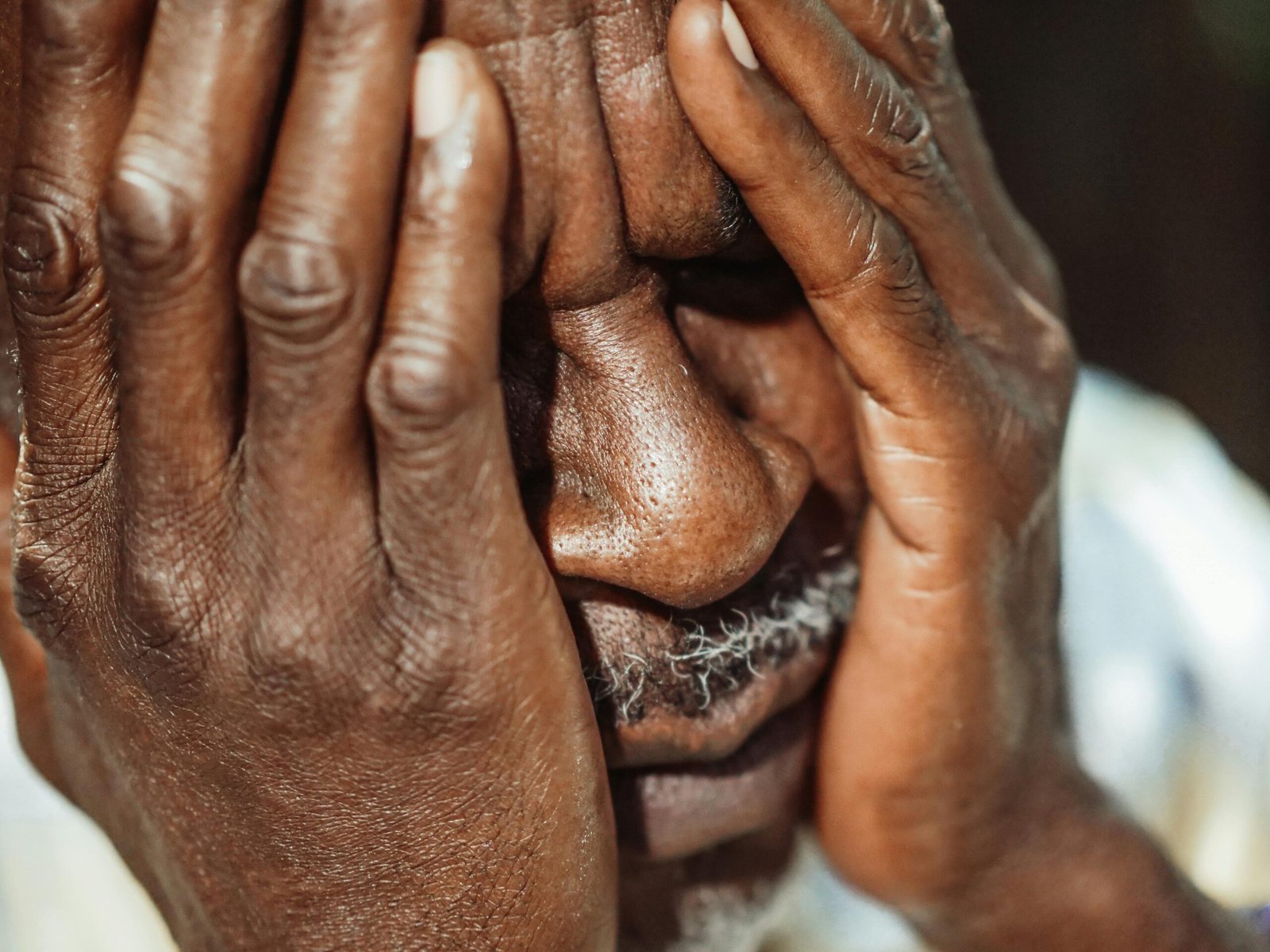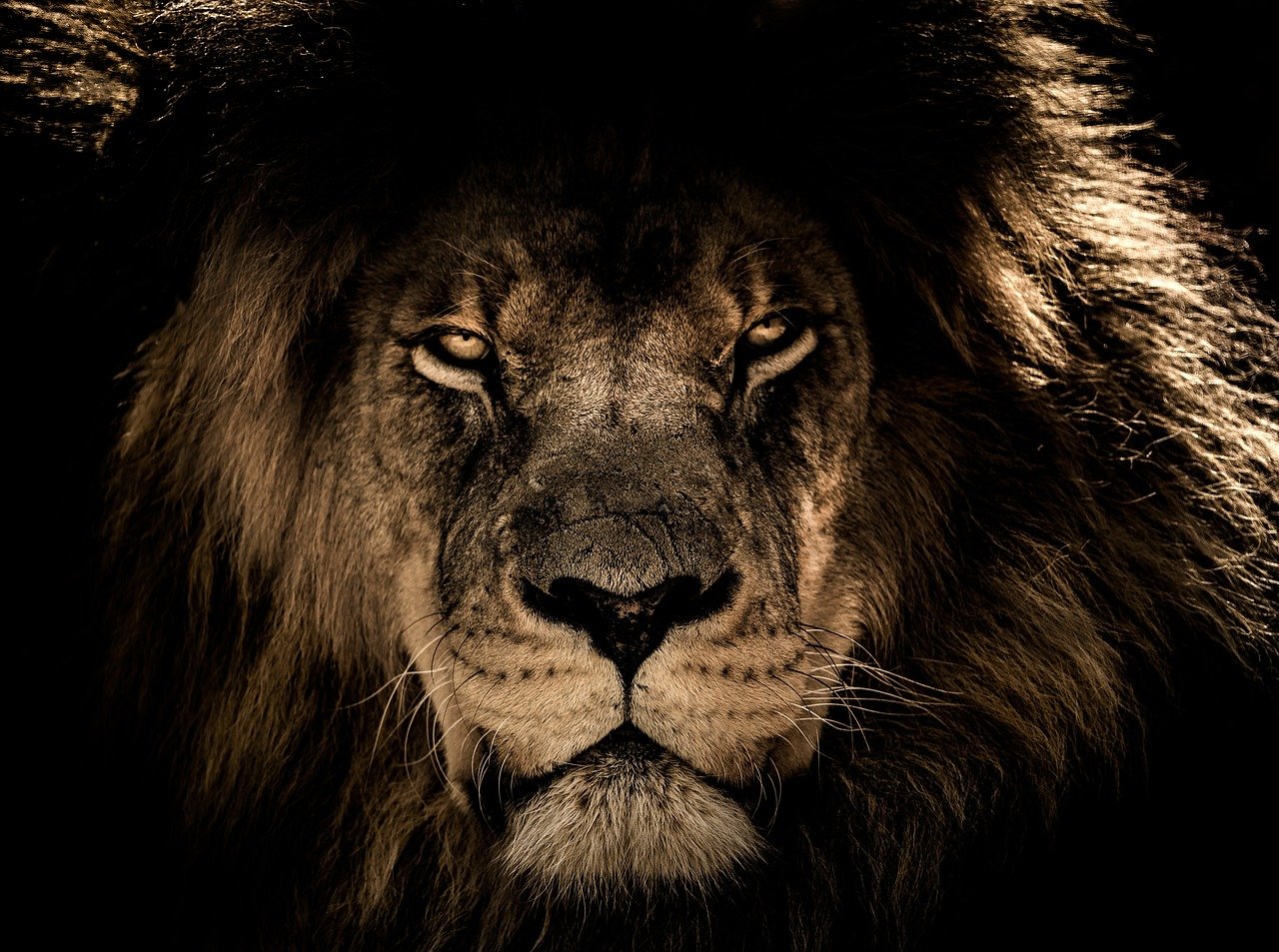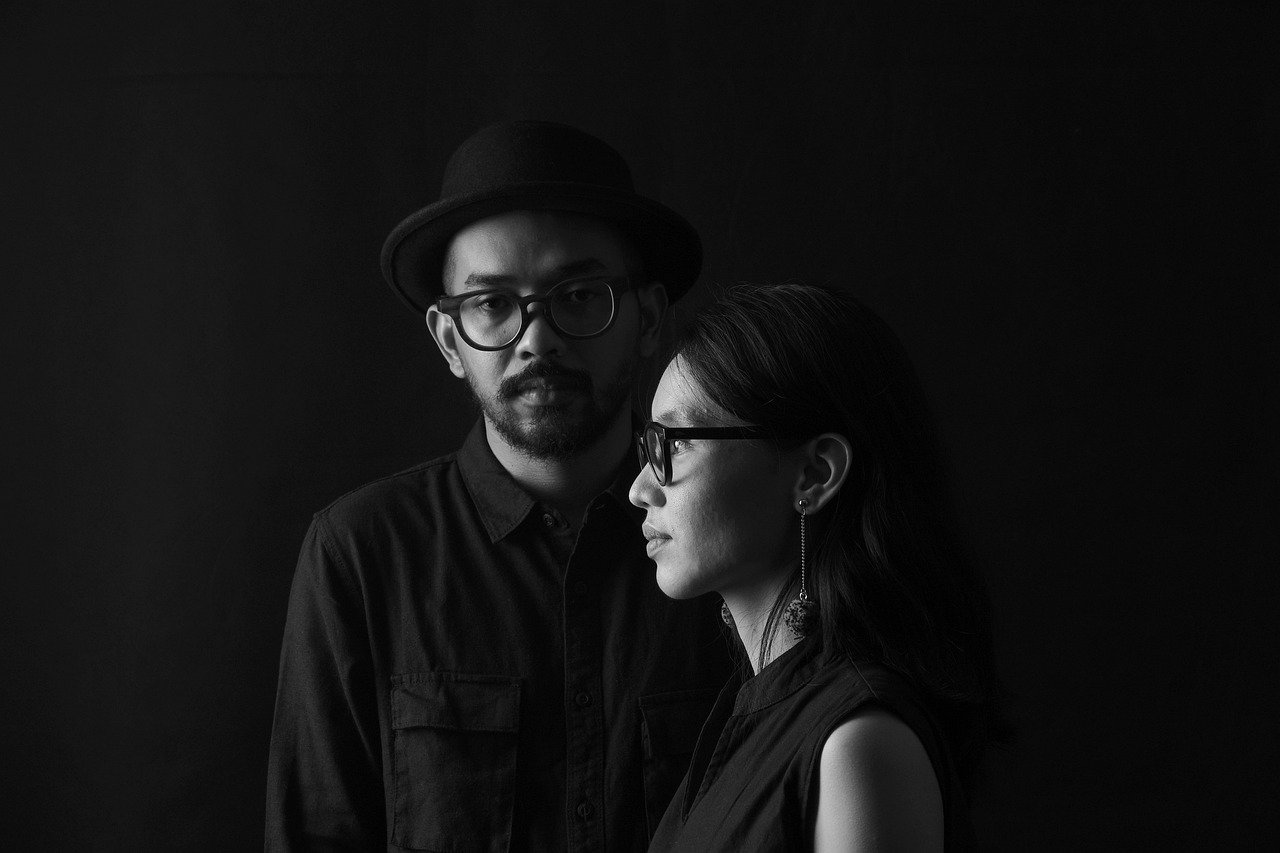Portrait Photography Portrait photography is an art form that allows photographers to capture the essence…
Portrait Photography: Capturing Personality and Emotion
Introduction
Portrait photography is more than just taking pictures of people. It’s an art form where the photographer captures the true essence of the subject — their personality and emotion. When done well, it can bring out the soul of a person, making the image feel alive. But how do you capture those genuine moments? How do you translate a fleeting expression into a lasting piece of art?
In this guide, we’ll dive deep into the techniques and strategies you need to master to take captivating portraits that showcase both personality and emotion.
The Art of Capturing Personality
Understanding the Subject’s Personality
The foundation of a powerful portrait is understanding who your subject is. Are they introverted or extroverted? Serious or playful? Their personality will dictate how you approach the shoot. Spend time with your subject before the session, ask them about their interests, and observe their mannerisms. The more you know, the better you’ll be at highlighting what makes them unique.
Engaging with the Subject
A portrait is a collaborative effort between the photographer and the subject. To bring out the best in someone, you need to engage them in a way that feels natural. Talk to them, make them laugh, or even ask them to think about something meaningful. A genuine conversation can break down the barriers and allow their true personality to shine through.
Creating a Comfortable Environment
No one will be able to express themselves fully if they’re feeling uneasy. Ensure the setting is comfortable, whether it’s a familiar location or just a quiet, relaxing atmosphere. Sometimes, even playing their favorite music can make all the difference.
Utilizing Props and Personal Items
Including props that reflect the subject’s interests can add layers to their personality in the portrait. A musician with their guitar or an artist with their sketchbook can tell a deeper story.
Emotion in Portrait Photography

Defining Emotion in Photography
Emotion in portrait photography goes beyond a smile or a frown. It’s about the subtle expressions, the glint in the eyes, and the tension in the body language. These elements can convey joy, melancholy, contemplation, or excitement.
Techniques to Elicit Genuine Emotions
To capture real emotions, you need to create moments. Ask your subject to recall a cherished memory, think of someone they love, or even just breathe and relax. The goal is to make them forget the camera is there and focus on what they’re feeling.
Using Expression and Body Language
Body language can often tell more than facial expressions. A slight tilt of the head, crossed arms, or a relaxed posture can speak volumes about a person’s inner emotions. Guide your subject into poses that feel natural to them, rather than forcing stiff or unnatural postures.
Lighting Techniques for Emotional Impact

Natural vs. Studio Lighting
Lighting is crucial in setting the emotional tone of a portrait. Natural light tends to offer a soft, flattering effect, while studio lighting can give you more control over dramatic shadows and highlights. The key is to match the lighting style with the emotion you’re trying to convey.
Dramatic Lighting for Emotional Depth
If you’re aiming for a moody, intense portrait, dramatic lighting can add depth to the emotion. Using a single light source from an angle creates shadows that emphasize the contours of the face, giving a feeling of mystery or tension.
Soft Lighting for Subtle Emotions
On the flip side, soft lighting diffuses shadows and can create a gentle, intimate feeling. It’s ideal for capturing emotions like calmness, affection, or tenderness.
Posing to Reflect Personality and Emotion

Relaxed vs. Structured Poses
Not every pose needs to be formal. In fact, relaxed, candid poses often reveal more of a person’s true self. Encourage your subject to move naturally, whether it’s sitting, standing, or even walking. Structured poses can work for more professional settings, but make sure the pose still feels true to the individual.
Guiding the Subject’s Posture
Sometimes, subjects need guidance in positioning their body for the best angles. Simple adjustments like turning the shoulders or elongating the neck can make a huge difference. But always prioritize comfort – a relaxed subject will result in a more authentic portrait.
Capturing Candid Moments
Some of the best portraits come from moments in between poses. Keep your camera ready for those candid shots when your subject laughs, thinks, or even looks away. These unplanned moments often hold the most emotion.
The Role of Background and Setting
Choosing the Right Background
A portrait isn’t just about the person – the background also plays a vital role. A busy or cluttered background can distract from the subject, while a simple, clean background allows the focus to remain on their expression and emotion.
How the Environment Influences Emotion
Sometimes, the setting can enhance the emotional impact of the portrait. An outdoor portrait in a natural setting may evoke peace and serenity, while an urban environment might bring a sense of energy and vibrancy.
Camera Settings for Portrait Photography

Aperture for Depth and Focus
In portrait photography, aperture is crucial. A wide aperture (low f-stop) allows for a shallow depth of field, blurring the background and making the subject stand out. This creates a more intimate, focused portrait, especially effective for emotional close-ups.
Shutter Speed and Motion
While portraits are usually still, a slower shutter speed can introduce some motion blur if you want to capture an emotional gesture or movement. Experimenting with different shutter speeds can give your portraits a unique emotional dimension.
ISO for Lighting Control
Balancing ISO is essential, especially when shooting in low light. A higher ISO can help brighten the image, but be mindful of noise that might detract from the subject’s emotion.
Lens Choices for Portraits
Prime vs. Zoom Lenses
Prime lenses, with their fixed focal lengths, are often preferred for portrait photography because of their sharpness and depth of field. However, zoom lenses offer more flexibility in framing the shot, especially in dynamic settings.
Focal Length for Emotional Focus
A longer focal length (85mm and above) is ideal for portraits because it compresses the background and brings attention to the subject’s face, enhancing the emotional focus.
Post-Processing for Emotional Enhancement

Color Grading and Emotional Tones
In post-processing, color grading can dramatically change the mood of a portrait. Warmer tones can evoke feelings of happiness or nostalgia, while cooler tones may give a more somber or introspective vibe.
Retouching for Personality Emphasis
Subtle retouching can enhance the subject’s features without losing their authenticity. The goal is not to over-edit, but to refine the image in a way that emphasizes their personality.
B&W Editing for Dramatic Effect
Black-and-white portraits strip away the distractions of color, allowing the viewer to focus entirely on the subject’s expression and emotion. This can add a timeless, dramatic quality to the image.
Incorporating Storytelling in Portrait Photography

Telling a Story through Imagery
Every portrait tells a story. Whether it’s the subject’s journey, profession, or personal struggles, you can use props, lighting, and posing to create a narrative that resonates emotionally with the viewer.
Using Props, Lighting, and Posing for Narrative
Props can serve as symbols of the subject’s story, while lighting and posing can set the tone. For example, a low-lit portrait with a contemplative pose might tell a story of hardship or reflection.
Cultural and Social Considerations in Portrait Photography
Respecting Cultural Sensitivities
When photographing individuals from different cultural backgrounds, it’s important to be aware of their traditions and customs. This ensures that your portraits are respectful and authentic.
Representing Social Identity and Diversity
Portrait photography is a powerful tool for representing social identity. Whether it’s highlighting ethnic diversity, gender identity, or personal expression, capturing these aspects with sensitivity can make a profound impact.
Portrait Photography for Different Audiences
Family Portraits
Family portraits are about capturing love and connection. The emotions here are usually warm and affectionate, and the photographer’s job is to bring out those bonds.
Corporate Headshots
In contrast, corporate headshots focus more on professionalism and confidence. While personality is still important, the emotion tends to be more controlled and subtle.
Creative and Artistic Portraits
Creative portraits give both the photographer and the subject more freedom to express themselves. These portraits often push boundaries and evoke deeper emotions or conceptual ideas.
The Role of Photographer’s Personality

How Your Energy Influences the Shoot
As a photographer, your mood and energy can significantly influence the shoot. If you’re relaxed and confident, your subject will likely feel the same. The energy you bring to the session can help create a positive, comfortable environment.
Building a Rapport with Your Subject
Building a rapport with your subject is essential for capturing authentic moments. The more trust they have in you, the more willing they’ll be to let their guard down and reveal their true selves.
Common Mistakes in Portrait Photography
Over-Posing the Subject
One of the biggest mistakes in portrait photography is over-posing. It’s important to guide your subject, but too much direction can lead to stiff and unnatural results.
Ignoring the Background
A cluttered or distracting background can take attention away from the subject. Always consider how the environment complements the person you’re photographing.
Relying Too Much on Post-Processing
Post-processing is a helpful tool, but it shouldn’t be a crutch. Relying too much on editing can make the portrait feel artificial, losing the emotional connection.
Conclusion
Portrait photography is a delicate balance between capturing personality and emotion. It’s about more than just technical skills – it’s about understanding the person in front of the camera and creating an environment where they feel comfortable enough to express themselves. Whether through lighting, posing, or storytelling, every decision you make as a photographer impacts the final image. Ultimately, the most powerful portraits are those that reveal something true about the subject – their essence, their story, and their emotions.
FAQs
1. How do I make my subject feel comfortable during a portrait session?
Start by engaging them in casual conversation and creating a relaxed environment. Encourage them to bring personal items or props to the shoot to make the session feel more personal.
2. What is the best lens for portrait photography?
A prime lens with a focal length between 85mm and 135mm is often preferred for portrait photography as it provides flattering compression and sharpness.
3. How do I capture emotion in a portrait?
Encourage your subject to think about personal memories or feelings. Use prompts and conversation to elicit genuine emotions, and keep your camera ready for candid moments.
4. What lighting is best for emotional portraits?
Soft, natural lighting is great for gentle, intimate emotions, while dramatic lighting with shadows can be used to convey deeper, more intense feelings.
5. Can I take good portraits without professional equipment?
Absolutely! While professional gear helps, great portraits are more about understanding lighting, composition, and connecting with your subject.




